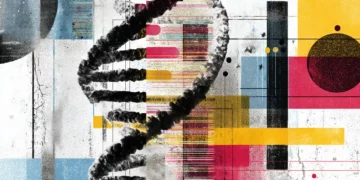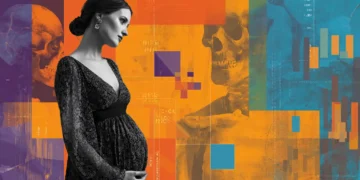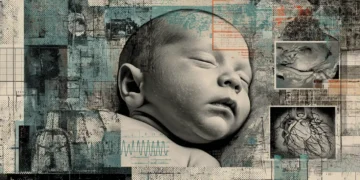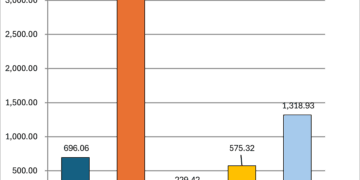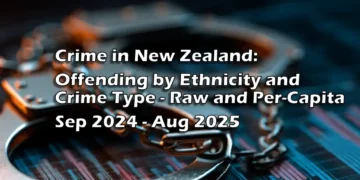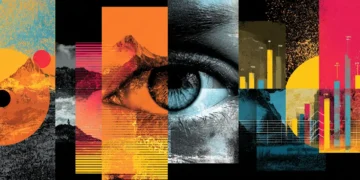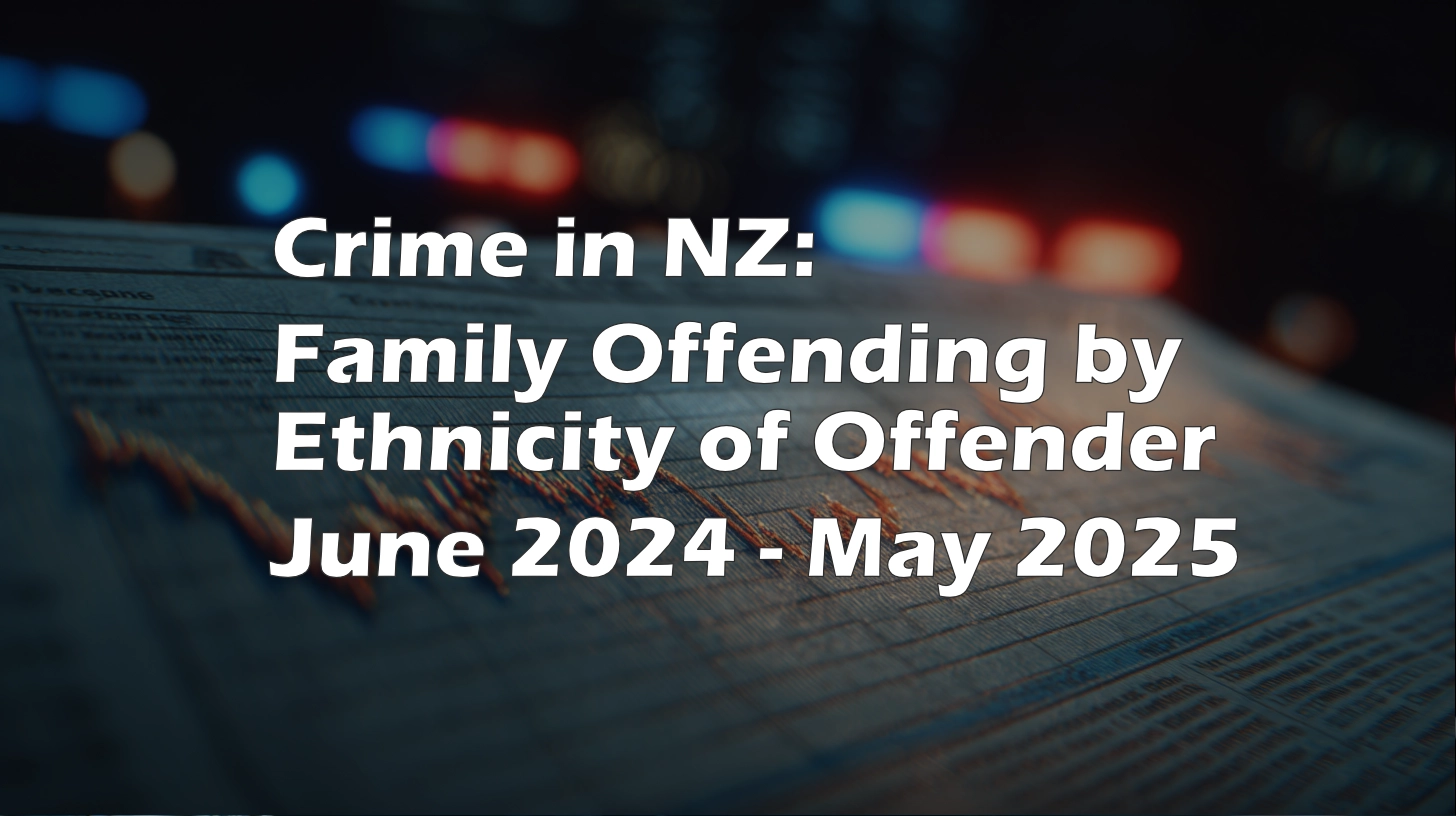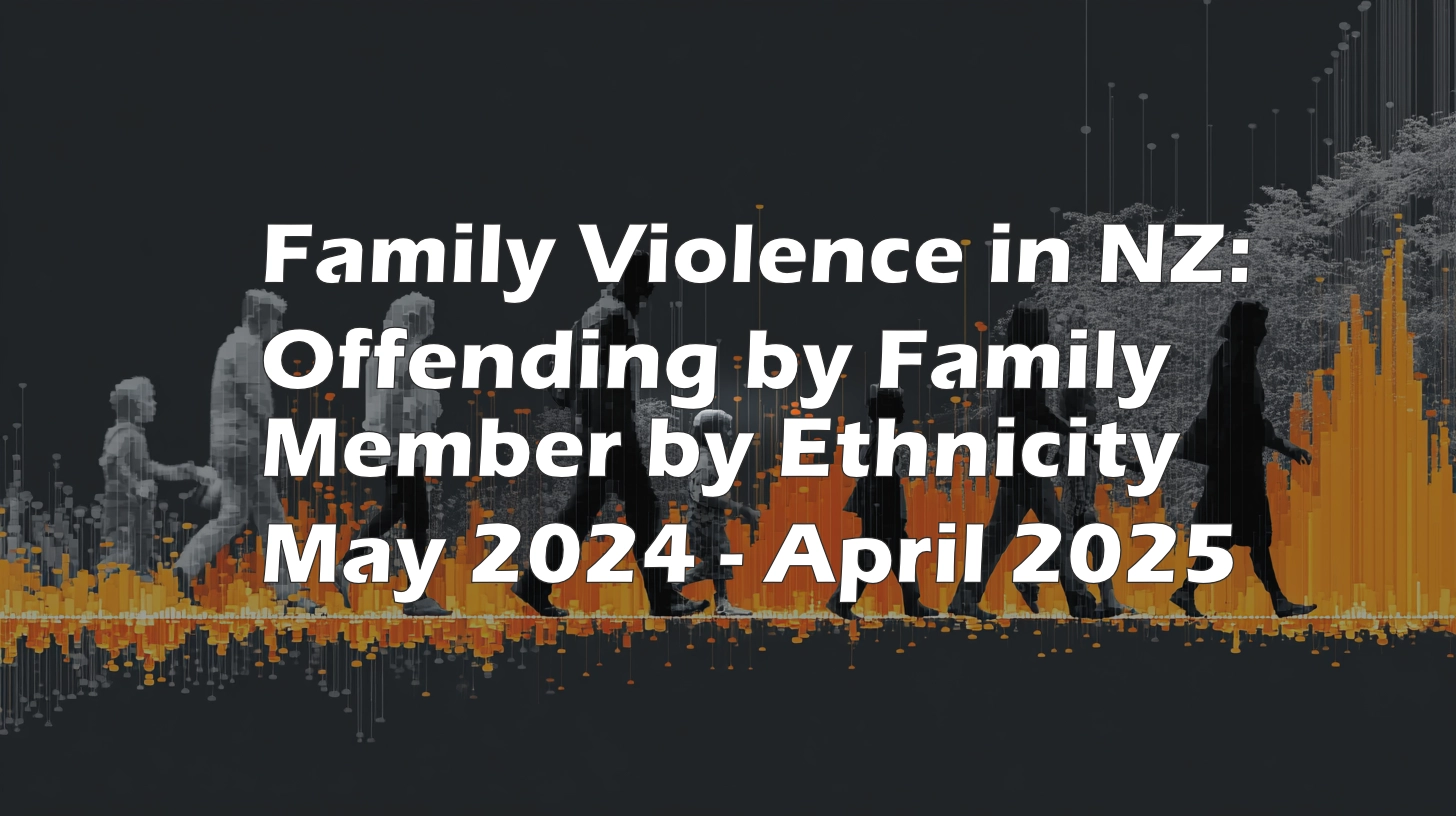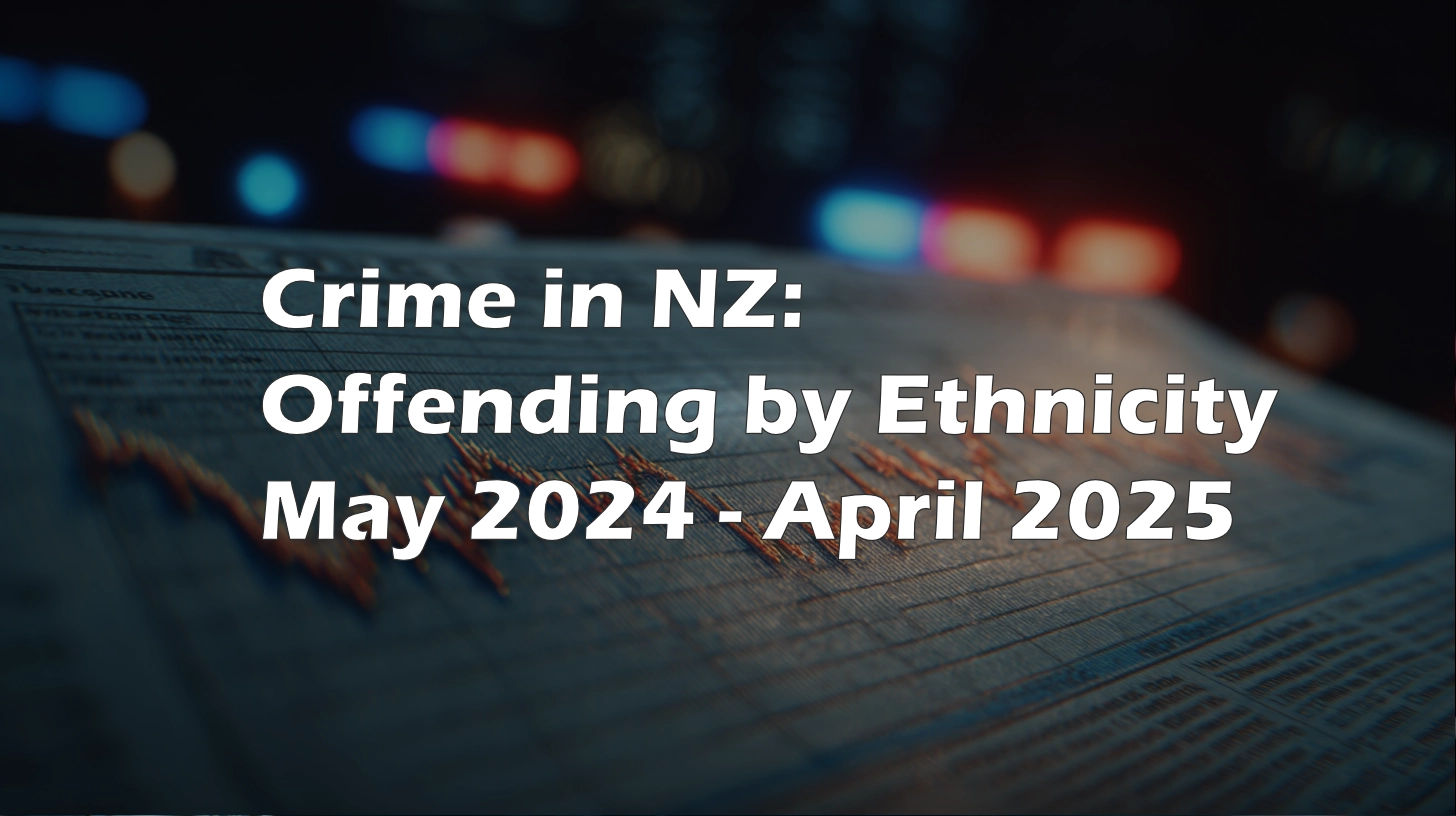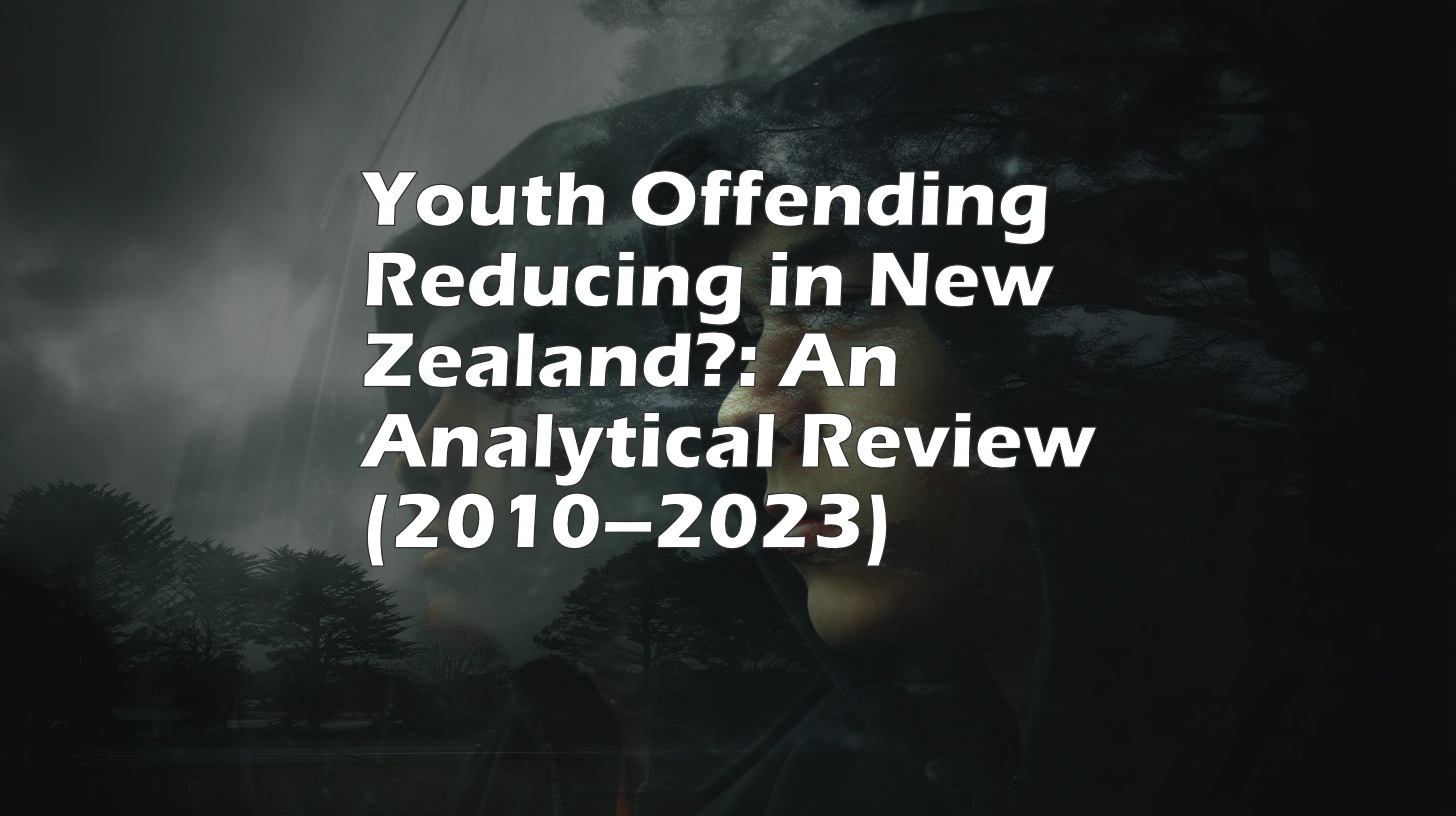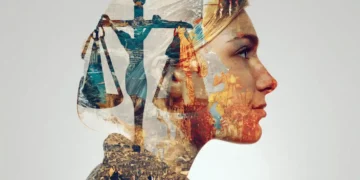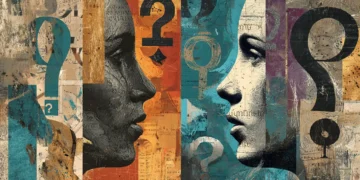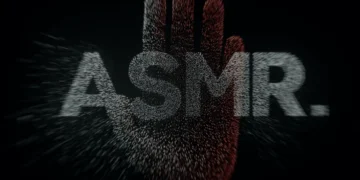Introduction
The legal definition of “woman” within New Zealand law varies across statutes and contexts. While some laws implicitly or explicitly reference biological sex, others extend protections based on gender identity. Recent judicial rulings and international policies clarify the ongoing legal and societal debates about what “woman” truly means.
Traditional and Contextual Definitions in Legislation
Many core laws operate under the assumption that “woman” refers to biological females, with protections grounded in sex-based distinctions. Several statutes reflect this understanding, either explicitly or through contextual inference.
Examples of Legislation That Implicitly or Explicitly Define “Woman” as a Biological Female
- Women’s Refuge Act 1986
- Uses “woman” to designate females seeking protection from domestic violence.
- The law implicitly relies on biological sex, focusing on females who are vulnerable due to sex-based societal roles.
- Crimes Act 1961
- References “woman” in contexts related to victimization or criminal responsibility.
- Assumes biological sex, applying protections and responsibilities accordingly.
- Health and Disability Act 2000 & Related Laws
- Uses “woman” in reproductive and health contexts, referring to females of reproductive capacity.
- The language and practical application inherently assume biological sex.
- Employment Relations Act 2000
- The key provision: Section 104 of the Employment Relations Act 2000 explicitly prohibits discrimination on the grounds of sex in employment, directing that “The grounds of discrimination include sex, which means the biological condition of being male or female”.
- Implication: The protections are primarily sex-based, and “woman” in this context refers to biological females, though the law also protects gender identity rights.
Context and Interpretation
Across these laws, “woman” is understood primarily as biological females—especially in reproductive, safety, and criminal legal settings. Legislation generally does not explicitly recognize males who self-declare as female as “women” unless protections explicitly extend to gender identity.
Laws with Broader or Inclusive Language
In some legal contexts, “woman” is interpreted more broadly or explicitly includes persons who identify as female, thereby potentially encompassing males who self-identify: How can a man be a woman? Good question, dear reader!
Laws in New Zealand Where a Male Can Be Recognized as a Woman and How
1. Births, Deaths, Marriages, and Relationships Registration Act 1995
- How:
- Under section 17, an individual can apply to change their gender marker on their birth registration.
- The process requires submitting a statutory declaration (Section 17(3)) affirming the change of gender but does not mandate medical or surgical evidence.
- Application must be made to the Registrar-General of Births, Deaths, and Marriages.
- Legal Citation:
- Births, Deaths, Marriages, and Relationships Registration Act 1995, Section 17
- https://www.legislation.govt.nz/act/public/1995/0081/latest/DLM348753.html
2. Human Rights Act 1993 & Human Rights (Gender Identity) Amendment Act 2004
- How:
- The 2004 amendment explicitly protects gender identity as a ground of anti-discrimination.
- Males who self-identify and assert their gender identity as female are protected under discrimination law, and can seek legal remedies if discriminated against.
- The law does not specify that “woman” is limited to biological females but protects gender identity as a fundamental attribute.
- Legal Citation:
- Human Rights Act 1993 (Section 21(1)), and
- Human Rights (Gender Identity) Amendment Act 2004
- https://www.legislation.govt.nz/act/public/1993/0096/latest/DLM265815.html
- https://www.legislation.govt.nz/act/public/2004/0034/latest/DLM319203.html
3. Recognition of Gender Transition & Official Documentation
- How:
- Applicants can obtain official government IDs (passport, driver’s license, etc.) recognizing their gender as female after applying for gender recognition.
- Procedures are administered by the Department of Internal Affairs, requiring a declaration affirming gender identity (which can be self-declared), with no medical evidence needed.
- Legal Citation:
- Births, Deaths, Marriages, and Relationships Registration Act 1995, Sections 17 and 19 (for changing gender markers)
- https://www.legislation.govt.nz/act/public/1995/0081/latest/DLM348753.html
4. Legal Recognition Through Administrative Procedures
- How:
- The government website states that a person can apply directly for correction of gender markers on official documents, with administrative approval.
- This allows a male who declares as female to be legally recognized as a woman for identification and related legal protections.
- Legal Citation:
- New Zealand Government – Maintaining your gender mark on official documents
- https://www.dia.govt.nz/Guide-to-changing-your-gender-marker
Summary
- In New Zealand, any male (who could be completely intact, big old swinging penis and all) who successfully applies to change their gender marker—by declaration and administrative approval—is legally recognized as a woman in many legal contexts, including identification, anti-discrimination protections, and rights claims.
- The process is administrative and based on self-declaration; no medical procedures are required for legal recognition. Again. “She” still has the penis “she” was born with.
Examples of Broader Legislation and Protections:
- Human Rights Act 1993
- Prohibits discrimination on the grounds of sex and gender identity in certain circumstances.
- Implication: Males who identify as female could claim protections under gender identity provisions, effectively gaining recognition as “women” in anti-discrimination contexts.
- Equal Opportunity Act & Anti-discrimination Laws
- Recognize gender identity as a basis for protections against discrimination.
- Implication: Males claiming gender identity as female may be protected and claim legal rights associated with “woman.”
- Human Rights (Gender Identity) Amendment Act 2004
- Allows legal gender change based on application and evidence without surgery.
- Implication: Males who legally change gender can be recognized as “female” legally, leading to potential recognition as “women” across many legal areas.
- Recognition of Legal Gender Transition
- Administrative procedures enable persons to declare or change their gender marker, including “female,” without medical requirements.
- Implication: Males who legally transition and declare as “female” can be recognized as women in many official and legal contexts.
Examples where Males can Legally Gain Access to Women-Only Spaces and Roles
Women’s Shelters and Domestic Violence Services
- Legal recognition: If an individual has legally changed their gender to female, they may claim access.
- Reality: Many shelters prioritize biological sex for safety reasons, but legally, recognition of gender identity can override biological sex, allowing males claiming to be female access these services—raising safety concerns for biological women.
Women’s Prisons
- Legal recognition: A male who has changed their sex marker on their birth certificate via the administrative processes can be housed in women’s prisons.
- Concerns: This potentially includes males who are biologically male but legally recognized as female, raising safety issues for biological women.
Women’s Sports and Physical Activities
- Legal recognition: Recognition as female through administrative procedures can allow males to compete in women’s sports.
- Controversy: Physical advantages in strength and endurance often remain, but legally, such individuals can claim participation rights based on gender recognition.
Women’s Healthcare and Reproductive Services
Legal access:
- Once a male has successfully changed their gender marker through New Zealand’s administrative processes and holds official documentation recognizing their gender as female, many health services categorize and treat them as female patients in accordance with their legal gender identity.
- Reproductive health services, such as contraception, fertility treatments, gynecological exams, Pap smears, and hormone therapies—are typically accessible to individuals legally recognized as female, regardless of biological sex.
- Policy and practice: Many healthcare providers now routinely provide gender-affirming care based on the patient’s registered gender, not strictly on biological sex.
- Implication: Males who have legally declared as female can obtain reproductive health services such as contraception, IVF, or hormone therapy, even if they are biologically male. This access is often justified by the explicit legal recognition of their gender identity.
Legal references:
The 2004 Human Rights (Gender Identity) Amendment Act supports this shift, emphasizing that gender identity—not biological sex—is key to access.
New Zealand Health Sector Standard: The Ministry of Health guidelines adhere to a gender recognition approach that recommends health services be provided based on a person’s registered gender without requiring medical evidence of sex change.
Women’s Rights and Protections (e.g., Sexual Violence Orders)
Legal recognition and access:
- Males who legally declare as female and are recognized in law as “women” can access women’s protections, including sexual violence and harassment orders, “women’s refuges,” and domestic violence services.
- Protection Orders & Domestic Violence Services:
- Once legally recognized as female, a male can apply for domestic violence or sexual violence protection orders, claiming the protections are based on their gender identity.
- Potential issue: This can lead to situations where a male, legally recognized as female, could claim protection under laws designed primarily for women, raising concerns about safety and fairness for biological women.
Legal references:
- In New Zealand, the Restraining Orders Act 1986 and the Domestic Violence Act 1995 are gender-neutral in wording but have been historically applied assuming protection for biological women.
- With gender recognition legislation in place, a male with official documentation as female could invoke these protections, potentially accessing women-specific services and protections.
In New Zealand, a male who successfully applies for and receives legal recognition of their gender as female—via administrative procedures—can potentially access:
- Women’s healthcare services—including reproductive health, gynecological treatment, and hormone therapies—based on their recognized gender identity.
- Women’s protections and protections orders for domestic and sexual violence, regardless of biological sex, simply because they are recognized legally as “women.”
This legal framework underscores a shift in how rights and protections are increasingly based on self-declared gender identity, which presents complex challenges and debates surrounding the safety, fairness, and resource allocation for biological women versus those claiming their gender identity.
Controversy and debate:
Critics argue that enabling males who have legally transitioned to claim “woman” rights in these settings risks turning protections intended for biological females into tools that could be exploited, particularly in domestic abuse or sexual assault cases.
Who Cannot or Should Not Access These Spaces?
- Normal males without legal recognition as female would not be entitled unless they fake or manipulate this recognition.
- However, because application and recognition are administratively based on self-declaration, males who successfully declare and register as female may be granted access.
Summary
- In New Zealand, a male who legally applies for and receives recognition of their gender as female under the law—including birth registration change, anti-discrimination protections, and official documentation—is considered a “woman” in many legal contexts.
- This recognition can allow access to women’s shelters, prisons, sports, reproductive health, and legal rights traditionally reserved for biological women.
- Legal recognition relies on administrative procedures, self-declaration, and no medical or surgical requirements—making such recognition relatively accessible.
The Recent Legal Shift: UK Supreme Court Ruling and International Trends
The April 16, 2025 UK Supreme Court decision clarified that “woman” in many legal contexts refers only to biological females. The court explicitly stated:
“A person with a GRC is not recognized as a woman in those contexts.”
- Implication: The ruling narrows legal recognition in Scottish law and certain statutory definitions, making “woman” only those biologically female in those contexts.
- Context: This contrasts with Australia and Canada, where “gender” continues to be recognized based on self-declared identity.
The US Policy and Recent Developments
The February 2025 White House statement titled “Keeping Men Out of Women’s Sports” explicitly states that males who identify as female should be excluded from competing in women’s sports to ensure fairness and safety. The policy underscores the importance of biological sex as the basis for protections and opportunities in sports (see White House, 2025).
Several US states have enacted laws and policies in line with this approach, emphasizing biological sex over gender identity for sports, prisons, and other women-only spaces.
Violence, Crime, and Discrimination Data
Statistics underscore that:
- Males commit approximately 80–90% of violent crimes worldwide, with a disproportionately high representation in homicide and assault.
- Males are imprisoned at about 10 times the rate of females globally; in NZ, over 80% of violent offenders are male.
- Males who identify as female are vastly overrepresented in crime and prison data rates per-capita, but the overrepresentation of males in crime strongly influences these statistics (as they are males).
- Males are responsible for most violence: The UNODC reports that around 80-85% of homicide victims worldwide are male, with the same true for serious violent crime.
Speak Up For Women NZ’s recent fact sheet highlights that males who identify as female are overrepresented in NZ prisons, mainly because of the high incarceration rate among males in general. They argue that safeguarding women’s safety requires recognizing biological sex in law.
Conclusion
New Zealand law currently relies heavily on biological sex in many legal areas, especially relating to health, safety, and criminal justice. However, legal recognition of gender identity and self-declared gender—enabled through legislation and administrative procedures—means males who identify as female can claim some rights and protections reserved for women.
The April 16, 2025 UK Supreme Court ruling marks a significant turning point, clarifying that “woman” in specific cases refers only to biological females. Globally, policies such as the US stance on sports reinforce a focus on biological sex as essential to fairness and safety.
The debate over the meaning of “woman” in law is ongoing and deeply contentious, with implications for rights, safety, and societal cohesion in New Zealand and beyond.


